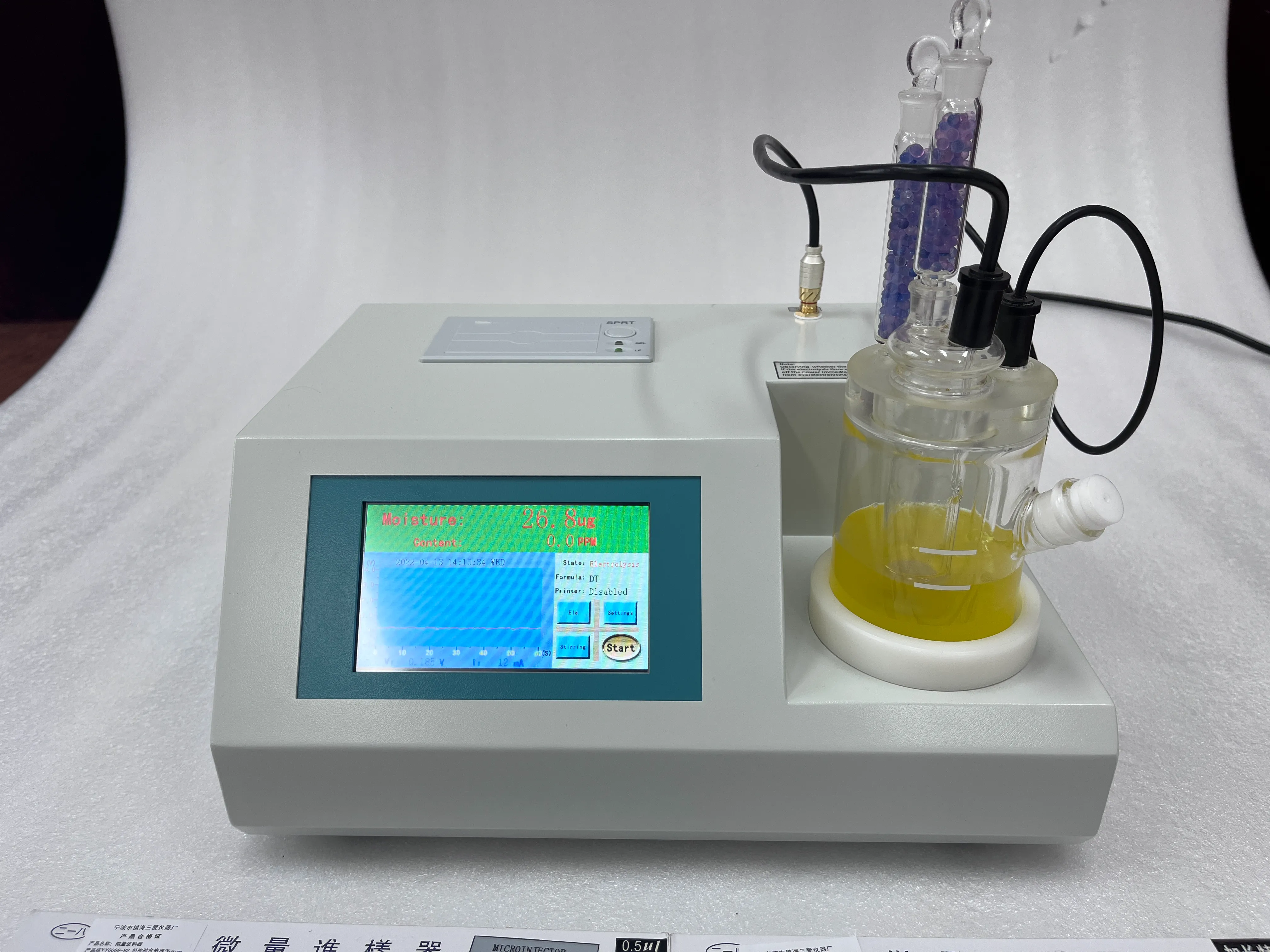TEL:
+86-0312-3189593
 English
English

Telephone:0312-3189593

Email:sales@oil-tester.com

-
 Afrikaans
Afrikaans -
 Albanian
Albanian -
 Amharic
Amharic -
 Arabic
Arabic -
 Armenian
Armenian -
 Azerbaijani
Azerbaijani -
 Basque
Basque -
 Belarusian
Belarusian -
 Bengali
Bengali -
 Bosnian
Bosnian -
 Bulgarian
Bulgarian -
 Catalan
Catalan -
 Cebuano
Cebuano -
 China
China -
 China (Taiwan)
China (Taiwan) -
 Corsican
Corsican -
 Croatian
Croatian -
 Czech
Czech -
 Danish
Danish -
 Dutch
Dutch -
 English
English -
 Esperanto
Esperanto -
 Estonian
Estonian -
 Finnish
Finnish -
 French
French -
 Frisian
Frisian -
 Galician
Galician -
 Georgian
Georgian -
 German
German -
 Greek
Greek -
 Gujarati
Gujarati -
 Haitian Creole
Haitian Creole -
 hausa
hausa -
 hawaiian
hawaiian -
 Hebrew
Hebrew -
 Hindi
Hindi -
 Miao
Miao -
 Hungarian
Hungarian -
 Icelandic
Icelandic -
 igbo
igbo -
 Indonesian
Indonesian -
 irish
irish -
 Italian
Italian -
 Japanese
Japanese -
 Javanese
Javanese -
 Kannada
Kannada -
 kazakh
kazakh -
 Khmer
Khmer -
 Rwandese
Rwandese -
 Korean
Korean -
 Kurdish
Kurdish -
 Kyrgyz
Kyrgyz -
 Lao
Lao -
 Latin
Latin -
 Latvian
Latvian -
 Lithuanian
Lithuanian -
 Luxembourgish
Luxembourgish -
 Macedonian
Macedonian -
 Malgashi
Malgashi -
 Malay
Malay -
 Malayalam
Malayalam -
 Maltese
Maltese -
 Maori
Maori -
 Marathi
Marathi -
 Mongolian
Mongolian -
 Myanmar
Myanmar -
 Nepali
Nepali -
 Norwegian
Norwegian -
 Norwegian
Norwegian -
 Occitan
Occitan -
 Pashto
Pashto -
 Persian
Persian -
 Polish
Polish -
 Portuguese
Portuguese -
 Punjabi
Punjabi -
 Romanian
Romanian -
 Russian
Russian -
 Samoan
Samoan -
 Scottish Gaelic
Scottish Gaelic -
 Serbian
Serbian -
 Sesotho
Sesotho -
 Shona
Shona -
 Sindhi
Sindhi -
 Sinhala
Sinhala -
 Slovak
Slovak -
 Slovenian
Slovenian -
 Somali
Somali -
 Spanish
Spanish -
 Sundanese
Sundanese -
 Swahili
Swahili -
 Swedish
Swedish -
 Tagalog
Tagalog -
 Tajik
Tajik -
 Tamil
Tamil -
 Tatar
Tatar -
 Telugu
Telugu -
 Thai
Thai -
 Turkish
Turkish -
 Turkmen
Turkmen -
 Ukrainian
Ukrainian -
 Urdu
Urdu -
 Uighur
Uighur -
 Uzbek
Uzbek -
 Vietnamese
Vietnamese -
 Welsh
Welsh -
 Bantu
Bantu -
 Yiddish
Yiddish -
 Yoruba
Yoruba -
 Zulu
Zulu
лют . 12, 2025 09:44
Back to list
short circuit impedance of transformer
The short circuit test of a single-phase transformer plays a crucial role in determining the transformer's parameters such as its copper loss and its series impedance, vital for understanding its efficiency and performance under operational conditions. Conducted with precision, this test ensures that the transformer maintains optimal energy transfer while adhering to safety standards. Here’s a deep dive into this essential process, capturing insights from extensive industry experience and expertise.
Experience shows that a comprehensive short circuit test on a single-phase transformer not only pinpoints electrical inefficiencies but also provides insights into mechanical integrity. For instance, analysis of test results can reveal winding deformation brought about by electromagnetic forces, suggesting the need for possible reinforcement or modifications in design. Safety and trustworthiness are paramount during the entire procedure. Approaching the test with the appropriate safeguards ensures the protection of personnel and equipment. Utilizing high-quality, calibrated measurement instruments enhances the credibility of the findings and underscores the adherence to industry standards. Upon completion, detailed documentation of the test results should be maintained. This includes all measurements, calculated parameters, and any anomalies or variances from expected performance values. Such comprehensive records fortify the authority of the testing body and inform future maintenance, design adjustments, and operational protocols. Incorporating these insights and techniques into your understanding of transformer testing ensures not only improved performance and lifespan of the equipment but also reinforces the entity’s reputation for expertise and reliability in electrical power management. Leveraging this knowledge for strategic decision-making enables stakeholders to enhance operational efficiencies while safeguarding against unexpected disruptions.


Experience shows that a comprehensive short circuit test on a single-phase transformer not only pinpoints electrical inefficiencies but also provides insights into mechanical integrity. For instance, analysis of test results can reveal winding deformation brought about by electromagnetic forces, suggesting the need for possible reinforcement or modifications in design. Safety and trustworthiness are paramount during the entire procedure. Approaching the test with the appropriate safeguards ensures the protection of personnel and equipment. Utilizing high-quality, calibrated measurement instruments enhances the credibility of the findings and underscores the adherence to industry standards. Upon completion, detailed documentation of the test results should be maintained. This includes all measurements, calculated parameters, and any anomalies or variances from expected performance values. Such comprehensive records fortify the authority of the testing body and inform future maintenance, design adjustments, and operational protocols. Incorporating these insights and techniques into your understanding of transformer testing ensures not only improved performance and lifespan of the equipment but also reinforces the entity’s reputation for expertise and reliability in electrical power management. Leveraging this knowledge for strategic decision-making enables stakeholders to enhance operational efficiencies while safeguarding against unexpected disruptions.
Previous:
Latest news
-
Testing Equipment Industry Sees Major Advancements in 2025: Smart & Precision Technologies Lead the WayNewsJun.06,2025
-
Applications of Direct Current Generators in Renewable Energy SystemsNewsJun.05,2025
-
Hipot Tester Calibration and Accuracy GuidelinesNewsJun.05,2025
-
Digital Circuit Breaker Analyzer Features and BenefitsNewsJun.05,2025
-
Benefits of Real-Time Power Quality Monitoring Devices for Industrial EfficiencyNewsJun.05,2025
-
Earth Fault Loop Testing in High-Rise Building Electrical SystemsNewsJun.05,2025



